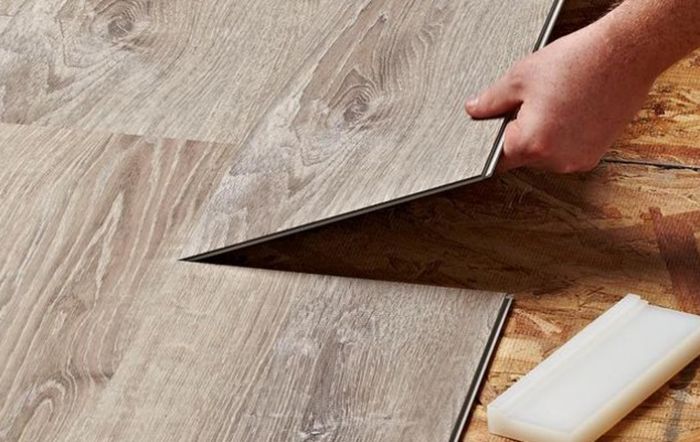LVT Flooring is a common type of floor covering that is less expensive than laminate. It is more durable than real wood and is compatible with underfloor heating. Unlike laminate, LVT is easy to install. However, some people are skeptical about the durability of LVT. Read on for some pros and cons of LVT Flooring. You may want to give it a try. But first, let’s discuss how it works. This type of flooring is a hybrid between laminate and real wood.
Cheaper than laminate
If you are looking to install new flooring in your home, you might be wondering if you should opt for LVT or laminate. The two types of flooring have many similarities, but there are also some key differences. You should consider these differences when choosing the type of flooring that will best suit your needs. First, you must know that both vinyl and LVT are made of PVC vinyl. The main difference between the two materials is the cost.
Another important difference between the two types of flooring is price. Laminate is more expensive than LVT. It costs PS18 to PS31 per square metre. In addition, it costs an extra PS5 for underlay. The cost of LVT varies widely. You can also opt for day-rate installation, which starts at PS175 per day. Ultimately, the type of flooring you choose should be based on the size of your project and your desires.
More durable than real wood
Hardwood flooring is a classic choice for the home and has long been a mainstay of interior design. However, with the advancement of LVT technology, this material has gained notoriety for its durability and beauty. Which material is right for your home depends on your personal taste and desired look. Let’s explore the pros and cons of both types of flooring. -LVT is cheaper than real wood.
-LVT is cheaper: Unlike hardwood, LVT costs only two to five dollars a square foot. Unlike hardwood, LVT flooring is cheaper and easier to install. It costs between $2 and $5 per square foot, and the installation process takes only a few hours. Unlike hardwood flooring, LVT is more durable than real wood. And you’ll be able to save money on maintenance.
Compatible with underfloor heating
Carpets are great flooring options and are compatible with underfloor heating. However, they need to be suited to the temperature of the floor. Carpets must not exceed a thermal resistance of 2.5 tog. If you have an expensive carpet, you can consider a cheaper and thicker one. Carpets with a high thermal resistance should not be used over a water-based underfloor heating system. They should be hessian based.
Electric underfloor heating is best installed in homes with a floating floor, which means that it is not fixed to the subfloor. Instead, it relies on the weight of the floor to support the heat. This type of floor fitting requires an underlay, which must be compatible with underfloor heating. However, it should be noted that underfloor heating systems may be more expensive than non-foam options. So, it’s important to compare these features and decide which one is most suitable for your home.
Easy to install
If you’re looking for easy to install LVT flooring, NovaFloor offers several collections that come with a pre-attached pad and built-in underlayment. However, you can also purchase vinyl tiles without an underlayment and install them yourself. These flooring options can be less expensive and easier to install than hardwood or tile. And, they’re waterproof! You can also skip the need for a damp screen or vapor barrier if you install quality vinyl tiles.
Luxury vinyl tile is also known as vinyl plank. It is scratch-resistant and can be used in outdoor flooring. Installation is a snap with a variety of types of easy to install LVT flooring, including peel-and-stick tiles and click-together vinyl planks. And, if you’re the handy type, you can install LVT yourself over a weekend! There are four basic steps to get started with luxury vinyl tile.
